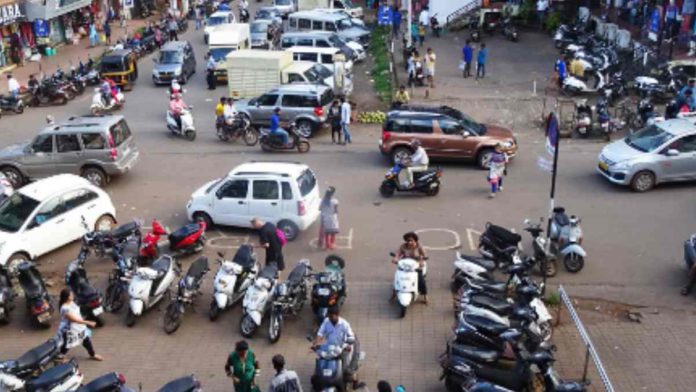Authorities in Goa have selected 70 priority areas as accident-prone zones around the state in an effort to minimize traffic accidents and improve road safety. By December, artificial intelligence (AI) cameras will be installed at these areas to track traffic and catch drivers breaking the law. This was decided during a State Road Safety Council meeting on Friday at the Altinho ITMS control center.
Rajan Satardekar, Director of Transportation, emphasized the necessity for technological intervention in these accident-prone areas because it is getting harder for law enforcement to personally monitor them. In these regions, erratic driving and damaged traffic medians, which allow two-wheelers to shift lanes carelessly, have been recognised as two of the main causes of safety problems and accidents.
The transport department intends to deploy more staff to the backend to remotely monitor these areas in order to solve this issue. The best locations and camera positioning angles are being discussed in collaboration with the traffic cell of the Goa police. Additionally, finalization is being made to the associated expenditures for placing cameras at these high-priority areas.
Read More: Vimeo Introduces AI-Powered Script Generator And Text-Based Video Editor
To further punish drivers who violate the law, the list of violations recorded by AI cameras will be circulated. Since June 1, the traffic cell and the transport department have been using AI cameras to detect offenses and issue challans.
Due to this, common traffic violations including speeding, riding without a helmet, operating a vehicle without a seatbelt, and using a phone while driving have come under more scrutiny.
According to earlier reports, these high-resolution cameras have the ability to follow automobiles, spot speeding cars, and even find out whether a car has been reported stolen. It can run on Ethernet IP-based systems. Goa seeks to strengthen its Intelligent Traffic Management Systems (ITMS) and make considerable headway in reducing road accidents by installing AI cameras in accident-prone regions and broadening the scope of identified breaches.


